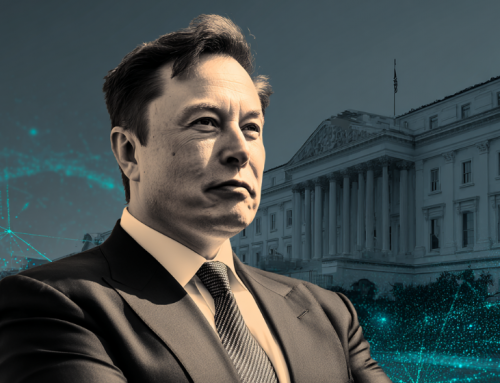
AI algorithm learns how to create a model of a universe using neural networks and data.
Researchers Develop First Neural Network Simulator of Universes
“It’s like teaching image recognition software with lots of pictures of cats and dogs, but then it’s able to recognize elephants.”⏤Shirley Ho, June 2019.
An AI algorithm, once again, has started doing things it was not trained to do. Remember the Facebook conversation between two AI bots which invented their own language?
Kristin Houser writes in futurism.com about surprisingly creative AI. An international team of researchers has built an AI that can quickly generate highly-accurate, three-dimensional simulations of the universe — even when they alter parameters the system wasn’t trained on.
Researcher Shirley Ho said in a press release, “Nobody knows how it does this, and it’s a great mystery to be solved.”
Dubbed the Deep Density Displacement Model, or D3M, according to thenextweb.com, in a study published in the journal “Proceedings of the National Academy of Sciences,” researchers describe the model in detail.
According to Houser’s article, the goal was to teach D3M how to model the way gravity shapes the universe. To that end, researchers started by feeding the system 8,000 different gravity-focused simulations created by a highly accurate existing universe simulator.
That system needed 300 computation hours to create just one of its simulations, but after training on the data, D3M was able to produce its own simulations of a cube universe 600 million light-years across in just 30 milliseconds. Those simulations were more accurate than those of the existing “fast” systems, which need a couple of minutes to create a simulation.
Another giant leap for AI.
While this AI algorithm helped physicists understand the universe’s evolution, this strange behavior might help computer scientists better understand AI.
“We can be an interesting playground for a machine learner to use to see why this model extrapolates so well, why it extrapolates to elephants instead of just recognizing cats and dogs,” Ho said in the press release. “It’s a two-way street between science and deep learning.”
read more at futurism.com







Leave A Comment